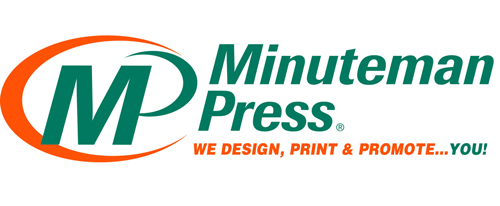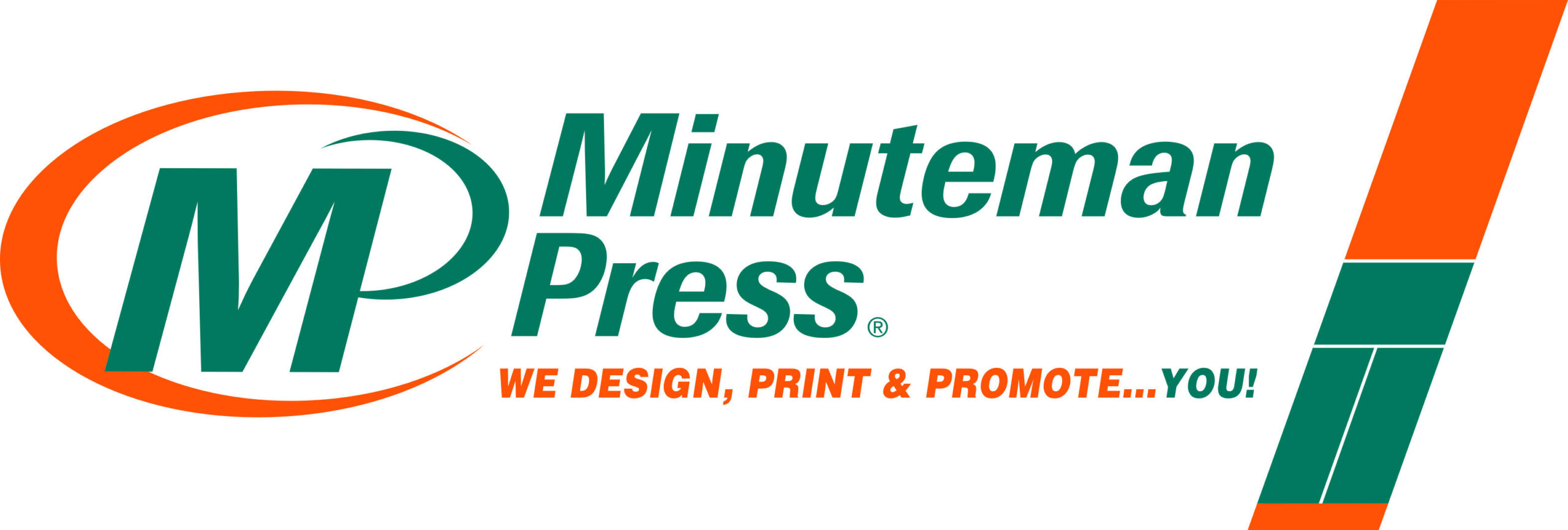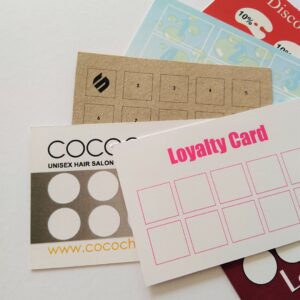Your website is the critical element in terms of the impression you convey online. It is usually one of the first essential pieces of branding related to your business that an individual or business will view.
Web Design article image by anna-om-line.com
The difficulty that many find is: What should their website reflect? How should it look?, Plus a myriad of other questions. This article will provide you with a balanced and comprehensive analysis of key questions and elements that need to be addressed to deliver a website / online presence that will create and convey the right impression, for you and your business.
Deliberating the questions below will provide you with useful information that will enable you to ascertain the most effective form of online presence.
What is the Purpose of the Website & Online Presence?
This is probably the most important question, as it will define the style, content and requirements during development. The question relates to how you want your visitors to perceive your business.
Typically most websites will be an amalgamation of various elements. Examples of the types of websites are listed below:
Brand Awareness Websites
Brand awareness is an important element and for some it is the primary reason for developing a website. Informational content and authority within a marketplace are the usual facets of this form of online presence.
With this form of website it is prudent to focus on your professionalism, the principles or ethos of your business and its authority within the market place. The aim is to enhance your brand awareness, which through exposure, will define your business to all who visit the website.
Authority and trust are key elements that need to be defined and displayed. Client logo’s from well known brands and reviews from well known industry specialists are the ideal type of trust element.
Lead Generation Type Websites
These types of websites will essentially focus on lead generation. They differ from other forms of websites in several ways. For example, their styling and layout will be purely aimed at creating interest and gaining trust to illicit an action, such as an enquiry. For this reason they will often focus on:
Features & Benefits
Explanation of the relevant product / service features whilst highlighting the benefits of the product or service. For example ask yourself, what will this product do for the visitor? How will it solve a problem for them? How will it improve a facet of their business life?
The content for this form of online presence should focus on what it will do for the visitor.
Regular Calls to Action
Surprisingly, this is often an element that is overlooked. A call to action can be something as simple as a buy now button. Its aim is to get the visitor to take an action. Several of these forms of elements should be placed within the website, ideally on every page. The key here is to ask the visitor / potential client to take an action.
For further information on how to create lead generation websites please see here.
Online Brochure & Ecommerce Portals
This form of online presence is self-explanatory. It essentially consists of an online shop, with a variety of products / services that can be purchased through the site. Typically incorporating a form of shopping cart software, which enables visitors to purchase individual or multiple products and then process payments through relevant merchants.
As with any form of website, especially an ecommerce store, make it easy for people to navigate around the site and find the product.
Offer up sells, when someone is looking to buy a product, if there is a complimentary product that can be used as an up sell, offer it as an additional option. Sites like Amazon are renowned for this practice and it works.
When the type of online presence has been determined it then comes down to ascertaining the style, layout and content elements, which are covered in the next section.
Styling & Elements to Include Within Your Online Presence
Now that you have an idea of the type of website and online presence you favour, it’s then time to consider the individual elements which make up the website, such as layout, styling etc. Below are the key considerations that need to be addressed:
Typography
Typography can set you apart from the rest. Some companies even create their own fonts that are aligned to their marketing communications guidelines. A definitive style of font will become instantly recognisable and ensure that you stand out.
Large & Responsive Imagery
To use a cliché, a picture does indeed paint a thousand words, however, the image needs to reflect or convey a relevant facet of your product or service. For example, if selling a product, utilise an image of the product in action, if possible; showing the item enables the visitor to quickly visualise the product within their own mind.
Space
Do not make the website cluttered with content. White space is as powerful an element as other forms of styling.
Keep space consistent throughout the site, the principle of spatial relationships can make a significant difference in terms of styling. For example, white space around an image will make it appear as a focal point and make the image look larger and more prominent than an image that is surrounded by text.
Organise elements with the same amount of space in between in order to make it look uniform. Highlight elements by having white space around them.
Simple Yet Effective Navigation
This is important for various reasons, apart from styling and accessibility, from a search engines perspective as well. Google, for instance, actually references this within its guidelines because their concern is to ensure a good user experience, which ultimately should be your aim. Simple navigation here implies a strong site structure whereby different pages can be accessed quickly, ideally within one to two clicks from whatever page the user is currently viewing.
Parallax scrolling using directional arrows is an example of simple yet useful navigation, which is user friendly, which ultimately helps the user to interact with the different elements of your website.
Trust Elements
Whatever form of website is best suited to your requirements, trust or authority will be a key element which needs to be addressed. Conducting business online is unlike any other form of business. Impressions are made quickly as are decisions by visitors, that means that unlike other forms of marketing and promotions such as face-to-face and telemarketing, your only opportunity to convey trust is within the content of your online presence.
Testimonials, reviews from clients or trusted authority figures are all good forms of creating trust. The advent of various business review style websites which, through a plug-in or code snippet, can be added to your own site, offers a viable alternative and one which may well be recognised by the visitor.
Call to Actions
Irrespective of the type of website you’re creating, call to actions are a must. Simply put they are elements that require the visitor to respond in some shape or form. Typically this will include signing-up for an email newsletter, requesting a quote or making a general enquiry.
Contact Information
This may sound silly in some ways, but a surprising number of websites don’t provide easy to find contact details. Telephone, email and even a contact form are all required in any manner of website. Also ensure that the forms of contact can be easily found on every part of the website, including the header and footer.
A landline contact number is useful as it conveys trust, as does placing an up to date business address.
Search Facility
A useful add-on to any website, however it is dependent upon the amount of information contained within the site and its purpose. For websites with multiple pages, products and services, a search facility is a must. It offers a simple means for any visitor to access content which may not initially be apparent; easily and quickly.
Informational Footer
The informational footer is the one element whereby you can provide useful information that is not concerned with specific design. Purely providing information such as navigation links, business details, copyright information and more is the ideal form of detail that should be provided within the footer.
Overall Styling
In terms of your online presence, it makes sense to align your website styling with your current marketing. This means in essence to utilise the same colours as your logo, marketing materials such as letterheads, flyers etc. This keeps the message consistent and emphasis on your brand, thereby enhancing your marketing message.
Final Thoughts
As a final comment, it should also be noted that with so many websites now vying for the same visitors the emphasis on your website is to stand out.
Ask yourself, how do you stand out? What makes you and your business different? Much like the often quoted, “What’s your unique selling point?” when it comes to marketing online, there needs to be reflected within your website what sets you apart from your competitors.
Consider all of the elements listed above; use it to review other websites that you admire and consider using them all as a means to create your own style of website which reflects your business and your requirements.
With much thanks anna-om-line.com for image permission.












